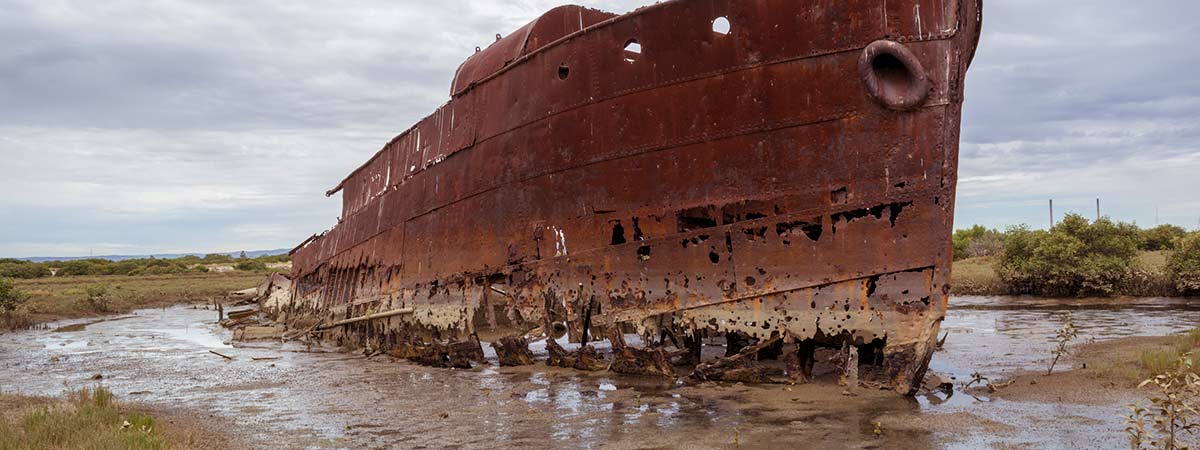Purpose
The purpose of the Antifouling Coatings Research Facility is to quantify the performance of antifouling systems, to provide a scientific understanding of the mechanisms involved in their effectiveness, and to evaluate the antifouling and skin friction properties of the coatings relative to ship performance.
Capabilities
The test facility offers a variety of capabilities including:
- Static immersion of test coatings and materials to biofouling.
- Visual Inspection of biofouling accumulation over time based on ASTM 3623-78a.
- Biofouling adhesion strength measurements using a calibrated water jet.
- Hard-fouling adhesion strength measurement based on ASTM D-5618-94.
- Hydrodynamic drag and fouling-release measurements up to 30 knots using a through hull facility built into a powerboat.
- Laboratory measurements of fouling release properties using pseudobarnacles by a modified universal test device.
Test Facilities and Location
The test facilities are located at the Florida Institute of Technology, Melbourne on the east coast of Florida. They consist of a fully equipped laboratory with offices located on the University campus, a static immersion test facility located at Port Canaveral, an ocean water test facility located at the Vero Beach Marine lab, and a research boat with hydrodynamic testing capabilities.
Static Immersion Test Facility and Fouling Communities
The majority of fouling studies are conducted from the static immersion site which consists of a floating platform located at the port of Cape Canaveral, FL.
The exposure site has a year round active fouling community. Control panels are exposed on a monthly basis to ascertain the quantity and types of fouling organisms present.


